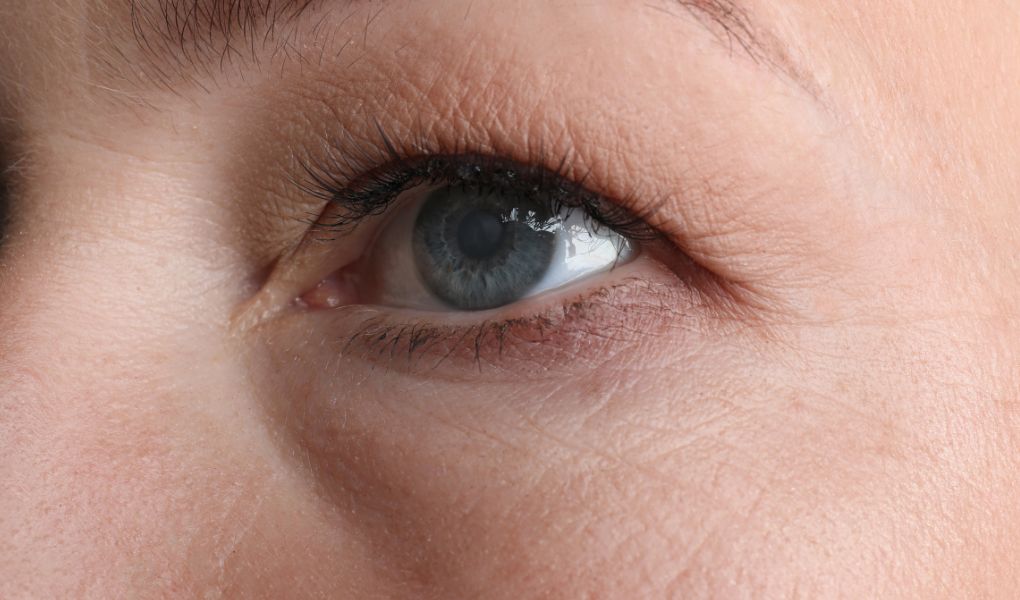
Cataracts are a common age-related eye disease that can lead to blurred vision, less vivid color perception and increased sensitivity to light. According to official sources, it affects 28,000 people in Switzerland every year. Cataracts occurs when the lens of the eye becomes progressively cloudy, which can prevent light from passing through and reaching the retina.
Fortunately, cataracts can be treated with a relatively simple surgical procedure. During the procedure, the cloudy crystalline lens is removed and replaced by an artificial lens, often in less than an hour, under local anaesthetic. Recovery from surgery is generally fast and most patients see an improvement in their vision as early as the day after surgery.
It is advisable to consult an ophthalmologist as soon as symptoms of cataracts appear, such as changes in vision or reduced quality of vision. Dr Lamloum recommends consulting a specialist if, for example, you feel discomfort in the evening when driving your car, or if you perceive colors in a duller way, or if you experience glare. In an interview with the Frapp media, he answered a few questions about this eye disease. Here are some excerpts from the interview.
Dr. Lamloum: The most common cataract is simply age-related. On the other hand, there are other diseases, such as diabetes, that can lead to cataracts. But it’s essentially age-related. It’s a bit like gray hair.
Frapp:
What are the symptoms and how does the patient feel? Does cataract also cause pain?
Dr. Lamloum: There’s no pain. As for vision loss, it’s important to know that it can sometimes be deceptive, because it can take a long time to set in. There are other symptoms too, for example, people may be more self-conscious in the evening when driving their car. Some people find that colors become duller or that white turns to yellow.
Frapp:
What actually happens in our eyes when we have cataracts, doctor?
Dr. Lamloum: Inside the eye is a lens, a kind of ball called the crystalline lens. Initially, it’s transparent, but over the years it becomes progressively cloudy, and that’s what causes all these problems.
Frapp:
Can it be hereditary too? Can you get cataracts from father to son or mother to daughter?
Prof. Dr. Lamloum: In some cases, there may be a hereditary component, but these are less frequent than age-related causes.
Frapp:
Can it be treated?
Prof. Dr. Lamloum: Cataracts are even very treatable. Treatment consists of an operation lasting around 30 minutes, after which the patient can go home after a light snack. It’s painless, and in some cases can even be treated with a laser.
Frapp:
You mention lasers. We had the opportunity to talk about it with you on this program a few weeks ago, about vision correction. Here too, it’s the miracle instrument for curing cataracts?
Prof. Dr. Lamloum: Conventional surgery is perfectly adequate, but in some cases, laser surgery can provide greater precision.
Frapp:
You said earlier that it’s the lens that tends to become opaque. In concrete terms, what are we going to do to this lens? Are we going to change it? Are we going to clean it?
Prof. Dr. Lamloum: We’re going to change it. There’s no alternative but to replace it with a new one tailored to the patient’s eye. The second advantage of cataract surgery is that it gives very good long-term results. In some cases, it may be necessary to clean it after a few years. It takes five minutes, so it can’t be called an operation.
Find out more about the treatment
Frapp:
Can you go blind if you’re not treated in time?
Prof. Dr. Lamloum: Yes, of course, but fortunately not here in Switzerland. In some countries, it is the leading cause of blindness after the age of 50. With age, generally from 50 onwards, comes cataracts, but as mentioned earlier, there are also other diseases. There’s the macula, glaucoma… These are diseases that can unfortunately occur with age. It is advisable to have a medical examination, during which we will dilate the pupils with drops, in order to make a precise diagnosis and propose the best treatment to patients.